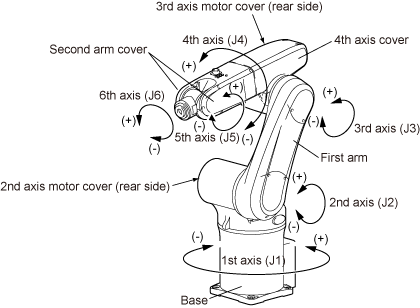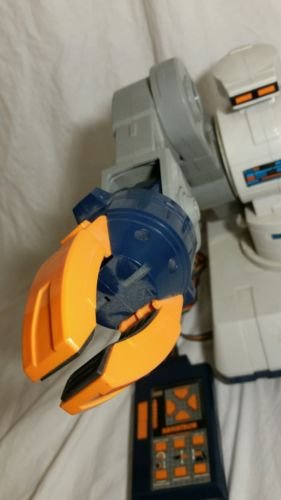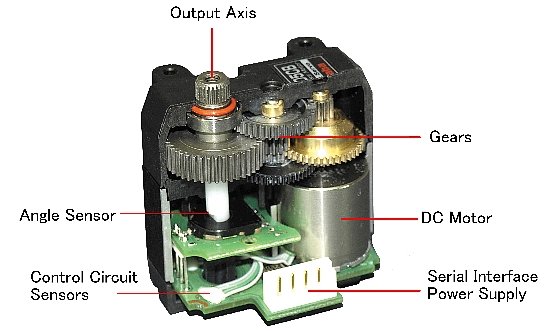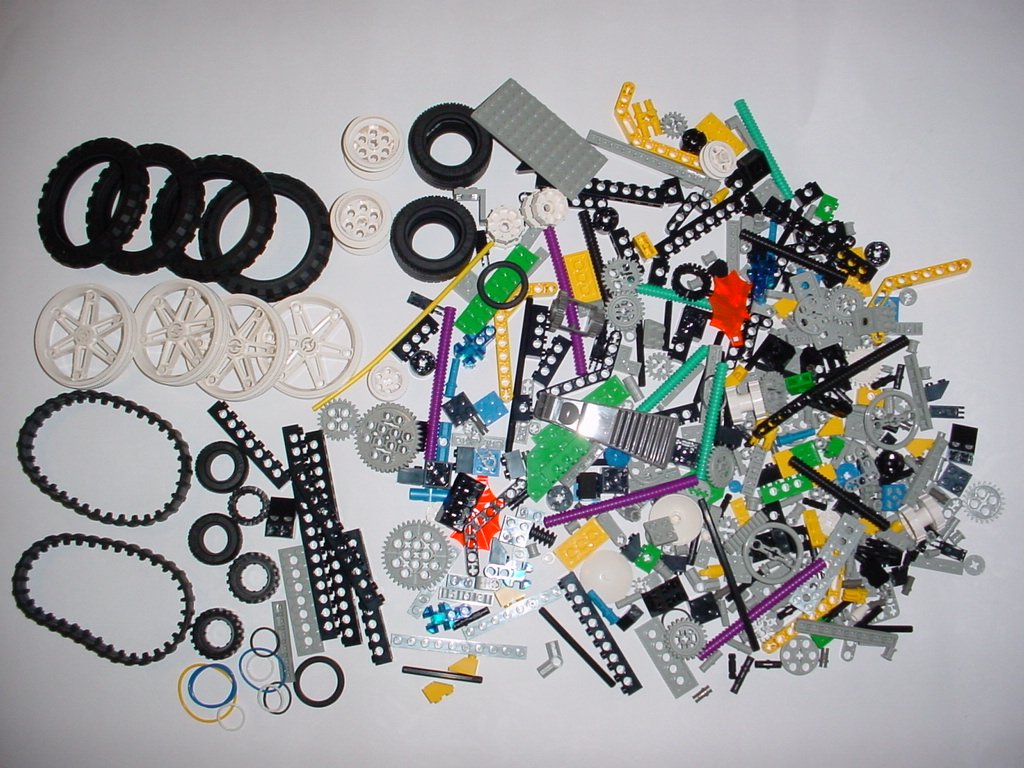Welcome to Robotic’s Laboratories, where we specialize in providing innovative industrial design solutions for a wide range of applications. With our expertise in robotics and a deep understanding of mathematical models, we have been able to revolutionize the field of industrial design.
1988: Industrial Solutions and Parts
In 1988, we started our journey by focusing on developing industrial solutions and parts. Our team of experts worked tirelessly to create cutting-edge designs that would enhance productivity and efficiency in various industries. By applying mathematical models to our designs, we were able to optimize performance and ensure that our solutions met the highest standards of quality.
Our industrial solutions and parts quickly gained recognition in the market, and we became a trusted partner for many businesses looking to improve their operations. Whether it was designing custom robotic arms or developing specialized components, our commitment to excellence was evident in every project we undertook.
1989: Robotics Classes for Kids
In 1989, we expanded our horizons and introduced robotics classes for kids. We recognized the importance of nurturing young minds and fostering a passion for science, technology, engineering, and mathematics (STEM). Our classes aimed to inspire the next generation of innovators and problem solvers.
Through our robotics classes, kids not only learned the basics of robotics but also gained hands-on experience in building and programming their own robots. We believed in the power of experiential learning, and our classes were designed to be engaging, interactive, and fun. By introducing mathematical concepts in a practical and accessible way, we aimed to make STEM education exciting for children.
2011: Go Beyond
In 2011, we took our commitment to innovation and education to the next level with our “Go Beyond” initiative. This program was designed to encourage students to push the boundaries of their creativity and problem-solving skills. Through various challenges and competitions, we inspired young minds to think outside the box and explore new possibilities.
Go Beyond was not just limited to our robotics classes for kids. We also collaborated with schools, organizations, and communities to promote STEM education on a larger scale. Our goal was to create a network of young innovators who could contribute to the advancement of technology and make a positive impact on society.
Mathematical Models in Industrial Design Solutions
One of the key factors that set us apart in the field of industrial design is our expertise in applying mathematical models. By leveraging advanced mathematical concepts, we are able to optimize the performance, efficiency, and reliability of our designs.
Mathematical models allow us to simulate real-world scenarios and analyze various parameters to determine the most effective design solutions. By considering factors such as material properties, structural integrity, and environmental conditions, we can create designs that are not only functional but also cost-effective and sustainable.
Our team of engineers and designers work closely with mathematicians and data scientists to develop mathematical models that accurately represent the complexities of industrial processes. This interdisciplinary approach ensures that our designs are both scientifically sound and practical in real-world applications.
At Robotic’s Laboratories, we believe that the integration of mathematical models in industrial design solutions is the key to unlocking new possibilities and driving innovation. By combining our expertise in robotics, industrial design, and STEM education, we continue to push the boundaries of what is possible in the field of technology.
Whether you are looking for industrial solutions, parts, or want to enroll your child in our robotics classes, Robotic’s Laboratories is your trusted partner. Join us in our mission to go beyond and shape a better future through the power of robotics and mathematical models.
Industrial Design Solutions
All Designs By Rasham Zapata
Needs:
Apply Mathematical Models to Robotics.
Solutions:
1988 Design, Support Industrial Solutions & Parts.






